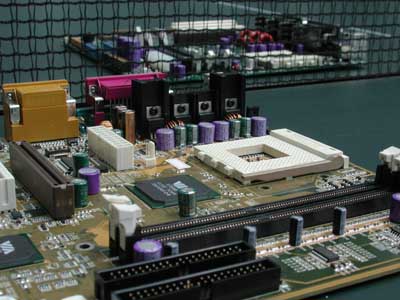VIA's KT266A: The Saga Continues
by Anand Lal Shimpi on September 3, 2001 1:08 AM EST- Posted in
- CPUs
Final Words
If the VIA KT266A in its current form had been the platform to introduce DDR to the world last year, even Intel would be putting Rambus out to dry. The performance of this platform is utterly amazing; without a single increase in theoretical memory bandwidth, VIA has taken the KT266 from an easy pushover to NVIDIA’s biggest performance nightmare. It’s going to take a lot for NVIDIA to outperform VIA’s latest offering. At least we know that VIA won’t give up without a fight.
The Athlon has at least another year left in it before it is replaced by AMD’s Hammer line as the platform of choice for performance users. That is ample time for yet another Socket-A chipset to be crowned so let’s look at the future and see what options currently exist.
Obviously the biggest threat to the KT266A is NVIDIA’s nForce-420 which offers twice the amount of memory bandwidth as the KT266A. There is one thing that few fail to realize and that is the Athlon itself can still use only half of that bandwidth, so you shouldn’t expect 2x the performance out of nForce. It may turn out that the performance enthusiast that already has a good Ethernet and Sound Card will be better off upgrading to a KT266A motherboard, while nForce is better suited for the user starting from scratch.
Both ALi and SiS can revamp their Socket-A chipsets to compete with the KT266A but it is much more likely that they will focus on the Pentium 4 instead. And of course we still haven’t heard anything from ATI who is also scheduled to enter the chipset market shortly.

It seems like we’re slowly returning to the market of a few years ago where CPU choices are plentiful as are platform choices. The real question is, what companies in the future will make the same mistakes that left us with only two choices not too long ago?










0 Comments
View All Comments